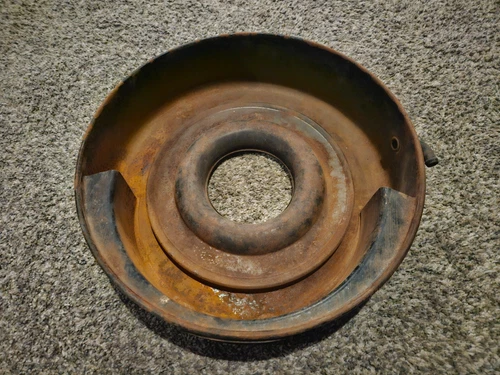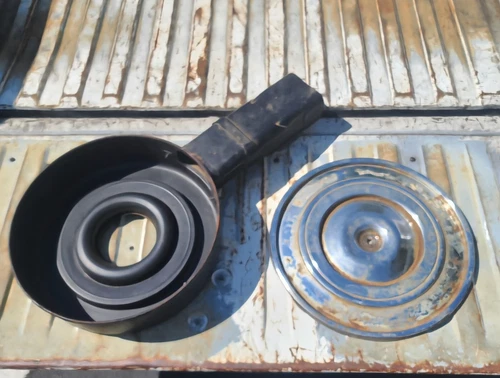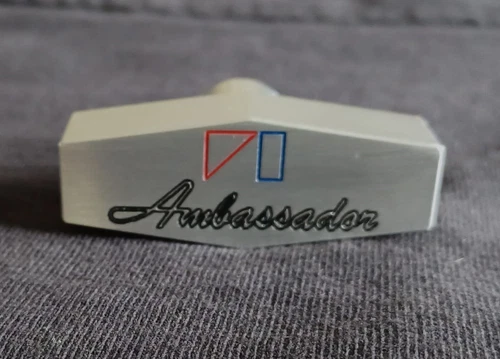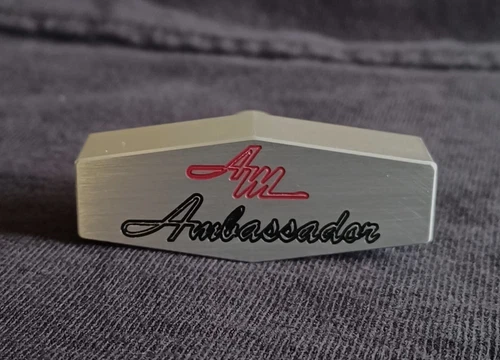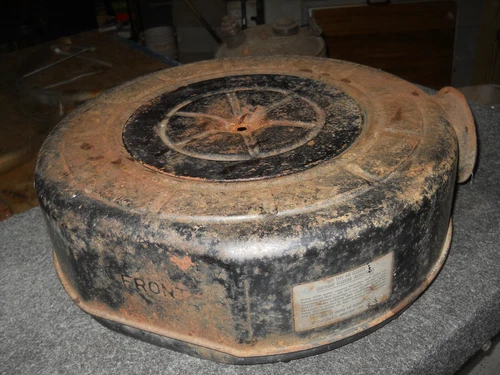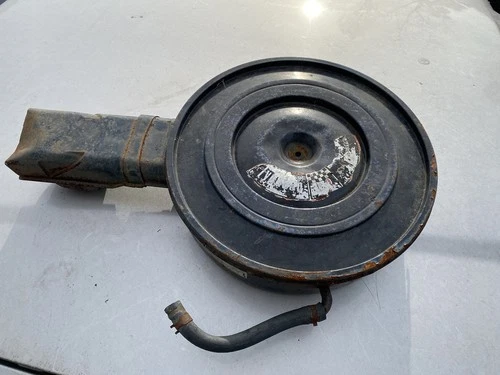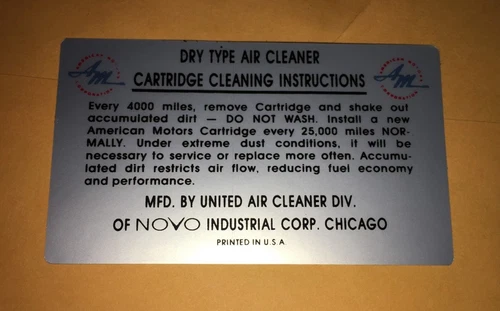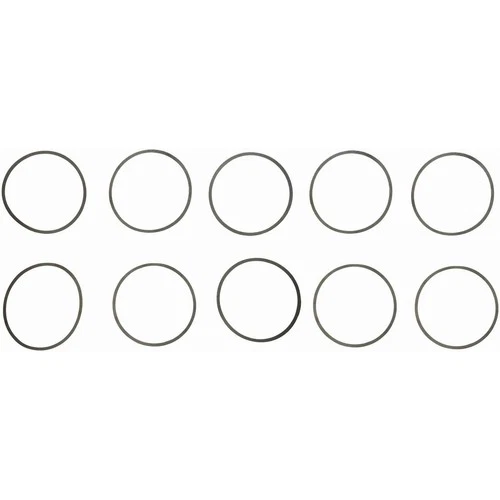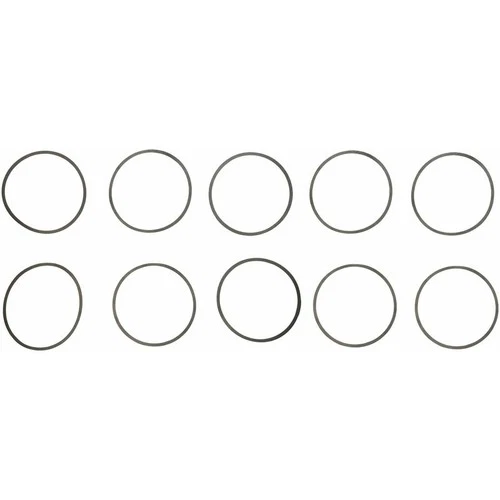AMC Auto Parts
AMC Auto Parts Guide - Complete Solutions for America's Forgotten Classic
American Motors Corporation (AMC) carved a unique path in automotive history from 1954 to 1987, producing innovative vehicles like the Javelin, AMX, Gremlin, and Eagle. When searching for quality auto parts for these distinctive classics, understanding AMC's engineering challenges and today's parts scarcity crisis is crucial for successful restoration and maintaining these rare automotive treasures.
AMC's premature discontinuation in 1987 created the automotive industry's most challenging parts availability crisis. Unlike Ford, GM, or Chrysler classics with extensive aftermarket support, AMC parts often require custom fabrication or expensive NOS (New Old Stock) components. Critical structural components like quarter panels, fenders, and floor pans were never reproduced, forcing owners to source from salvage yards or commission expensive hand-fabricated replacements. The situation worsens with AMC's unique engineering: proprietary bolt patterns, specialized electrical connectors, and model-specific trim pieces that can't be substituted with generic alternatives. Recent Technical Service Bulletin analysis reveals that AMC's experimental materials—like the Pacer's unprecedented glass area and unique door mechanisms—create restoration challenges that other manufacturers never faced.
Smart AMC restoration requires strategic planning and specialized knowledge of the limited parts ecosystem. Successful owners prioritize AMC structural components acquisition early in restoration, as these become exponentially harder to find over time. The few remaining NOS dealers like American Performance Products have become lifelines for authentic components, while skilled fabricators specializing in AMC geometry can recreate critical pieces. Understanding AMC's parts interchange patterns—where Eagle components fit Hornet models, or Jeep parts cross-reference with AMC applications—can save thousands in restoration costs. Additionally, joining dedicated AMC forums and parts networks provides access to the underground economy of rare components that never appear in mainstream salvage searches.
Filters & Navigation
Showing 12 of 477 products
The company's engineering innovations consistently exceeded industry standards despite limited resources. The 1963 Classic introduced advanced unibody construction techniques, while the 1970 Hornet platform delivered exceptional packaging efficiency that influenced compact car design for decades.
AMC's most ambitious period came in the 1970s with revolutionary models like the Pacer and the acquisition of Jeep. The Pacer's unprecedented wide-body design and safety glass integration established new automotive benchmarks, while the Jeep acquisition provided AMC with the SUV expertise that would later influence the entire industry.
The 1980 Eagle represented AMC's technological pinnacle, introducing America's first passenger car all-wheel drive system. This innovation predated Audi's Quattro technology and established AMC as the AWD pioneer, though limited marketing resources prevented wider recognition of this achievement.
Financial pressures and market consolidation ultimately ended AMC's independence in 1987 when Chrysler acquired the company primarily for the Jeep brand. However, AMC's engineering innovations continue influencing modern automotive design, from compact car packaging to all-wheel drive systems and safety technology integration.
AMC Engineering Excellence & Historical Significance
AMC Parts & Restoration Information
Critical Parts Sourcing Strategy
AMC restoration requires immediate acquisition of structural components before beginning work. Quarter panels, floor pans, and unique trim pieces appreciate rapidly and become exponentially harder to source. Establish relationships with specialized AMC parts dealers and join enthusiast networks for access to rare components.
Model-Specific Restoration Challenges
Each AMC model presents unique restoration challenges requiring specialized knowledge. Pacer restoration demands custom glass work and hand-fabricated body components. Eagle models require AWD system expertise, while Javelin/AMX restoration focuses on performance component sourcing and authentication.
Parts Interchange Knowledge
Understanding AMC's parts interchange patterns can significantly reduce restoration costs. Eagle components often fit Concord applications, while Jeep CJ parts cross-reference with numerous AMC systems. Engine and transmission components share extensive compatibility across AMC model lines.
Preservation vs. Restoration Decisions
AMC's rarity makes preservation vs. restoration decisions critical for value retention. Original, unrestored examples often command higher values than restored vehicles due to parts scarcity and authenticity concerns. Consider preservation options before committing to full restoration projects.

